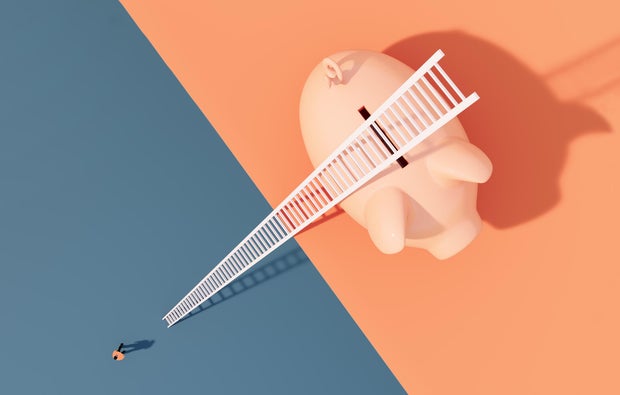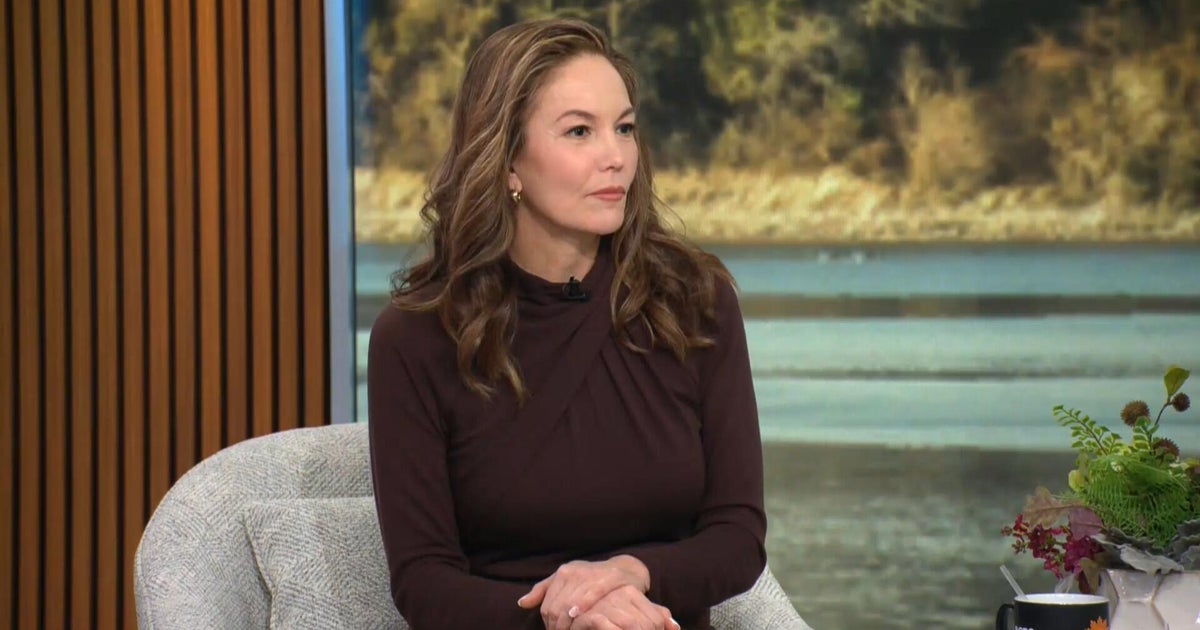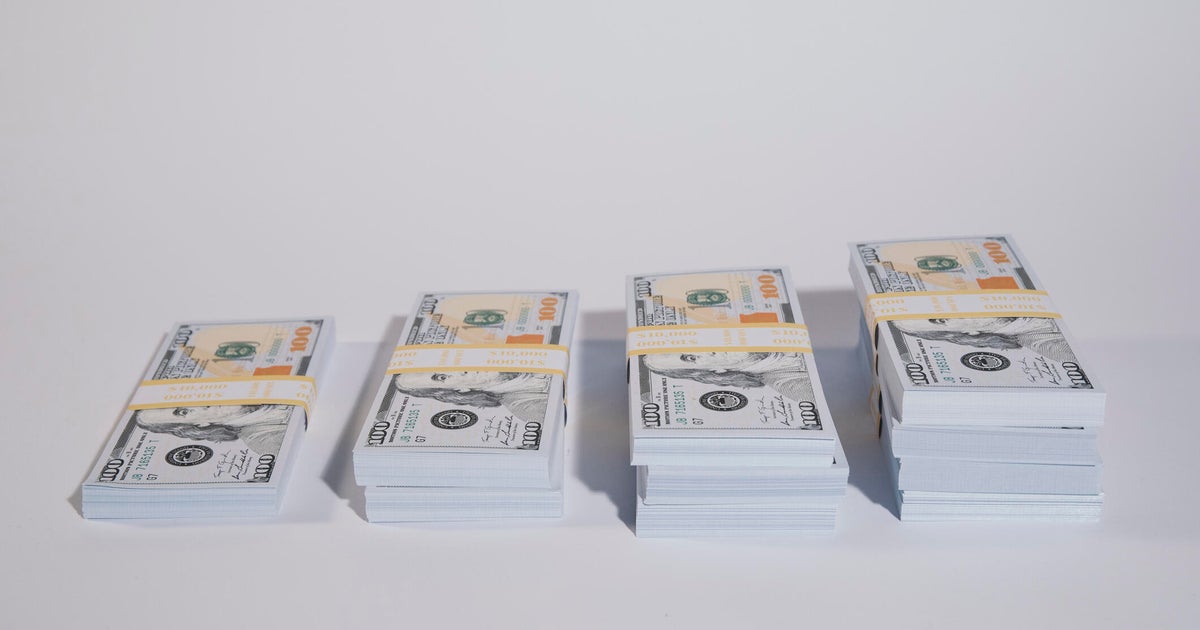 As rates continue to drift lower, tools like add-on CDs can help savers stay a step ahead.
MicroStockHub/Getty Images
As rates continue to drift lower, tools like add-on CDs can help savers stay a step ahead.
MicroStockHub/Getty Images
Interest rates have remained relatively high over the last few years, but with the Federal Reserve recently cutting rates — and more rate cuts on its near-term agenda — that could be changing soon. If you plan to borrow cash in the near future, that's likely a relief to hear. But if you're hoping to put money in savings and make decent interest off it when you do, it's another story.
Fortunately, a long-term certificate of deposit account (CD) can offer a way around those falling rates. With these, you can lock in today's CD interest rates for the long haul, ensuring you make solid interest off your money for months or even years to come. And with an add-on CD account, you can even deposit more money as it becomes available.
Are you thinking of using a CD to lock in today's high interest rates before they drop? Here's what to know about add-on CDs and when one might be the right move for you.
Compare today's top CD account options to find the right fit now.
What's an add-on CD?
CDs are a type of savings vehicle, and with the traditional type of CD, you make a single deposit upfront and leave the balance untouched, neither adding to it nor withdrawing from it for a set period of time, usually between a few months and 10 years. During that term, your money earns a steady rate of return.
With "add-on" CDs, you have the option to make more than just that initial deposit. Depending on your bank, you may be able to make several or even unlimited new deposits throughout your CD account term.
"You're essentially 'adding on' to your balance during the term," says Mary Grace Roske, senior vice president of communications at CDValet.com. "It's a flexible twist on a traditional CD."
Add-on CDs can have different names depending on the bank or credit union you use. Institutions also vary in how many additional deposits they'll allow on these types of accounts and how much you can add in total over the course of your term.
At Georgia's Own Credit Union, for example, they're called flex CDs, and while you can make additional deposits anytime, you can't exceed a total account maximum of $25,000.
Learn how much more you could earn with the right CD account today.
Pros and cons of add-on CDs
The biggest benefit of an add-on CD is that if more money becomes available, you can then add it to your CD account and take advantage of potentially higher interest rates than you'd be able to get on the current market. Thanks to compounding interest, it can also allow your balance to grow larger and faster over time.
"The added balances receive the same interest rate as the initial balance," says Leah Evans, director of project management at Georgia's Own Credit Union. "They can also be included in the future compounding balance."
On the downside, add-on CDs usually carry lower interest rates than traditional CD accounts, so you could be giving up some interest on the front end.
"They come with slightly lower rates, but not too significant," says Steve Azoury, a chartered financial consultant and president of Azoury Financial. "They're slightly lower due to the fact the same rate is offered, even if rates fall."
You also may have trouble finding an add-on CD, as they're not as common as traditional CDs, especially in a climate where interest rates are falling.
Who should get an add-on CD?
Add-on CDs are a good idea if you know you'll be coming into more money at a later date and want to lock in today's rates, or if you need to start with a small deposit.
"For savers who want predictability but expect to have extra cash to invest soon, an add-on CD offers convenience," Roske says. "They're well-suited for goals like building an emergency fund or saving for a major purchase over the next year or two."
They're also a good idea when rates are heading downward, as they have been in recent months.
"They make the most sense when rates are trending down and convenience matters more than the very top yield," Roske says. "In a rising rate environment, add-on CDs lose their appeal. Few savers want to add money at a rate that's already been surpassed by newer, higher-yield CDs."
And, add-on CDs are probably not the best choice if rates are rising or if you want to secure the highest rates currently available, either. For the highest rates, a traditional CD is your best bet, and usually the longer the term, the better.
What are the alternatives?
If you like the idea of an add-in CD but want to make sure you're not limited in deposits or deposit amounts, you might explore a high-yield savings account instead. Just take note: Rates on these accounts are variable, so your rate could drop if the Federal Reserve reduces rates at future meetings.
If you're not sure what the best place to stow your money is, consider talking to a financial professional. They can help direct you to the best savings vehicles for your needs.
The bottom line
If you're looking to lock in a competitive interest rate before the Fed's next cut, opting for an add-on CD could be a smart move. It gives you the flexibility to grow your balance over time without losing the guaranteed return you secured at today's higher rate. Just be sure to compare terms and yields and confirm how many additional deposits your bank allows before committing.
As rates continue to drift lower, tools like add-on CDs can help savers stay a step ahead. Whether you're building an emergency fund or setting aside cash for a future goal, the right CD strategy can help your money keep earning even as the broader rate environment shifts.
Edited by Angelica Leicht


















































